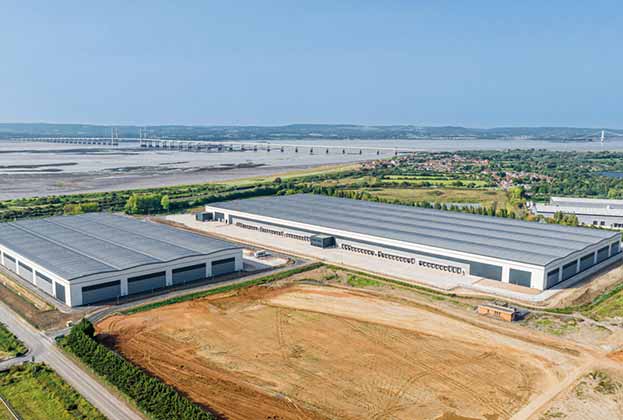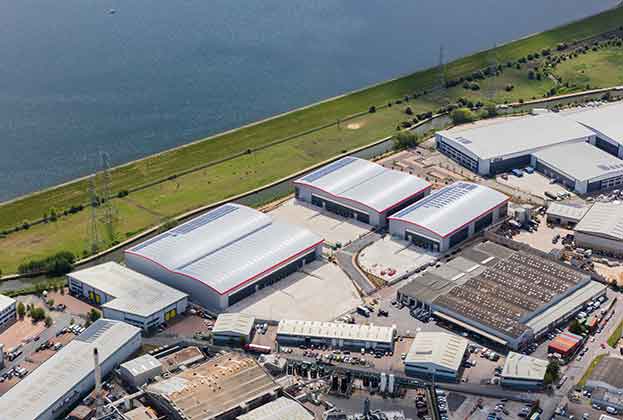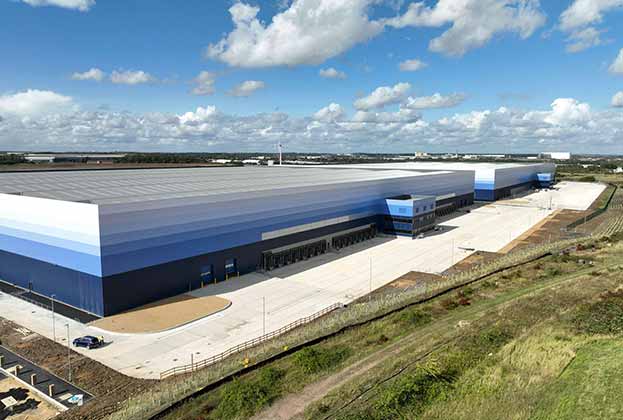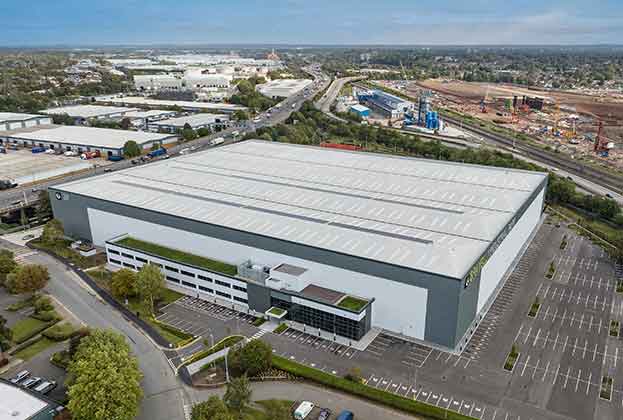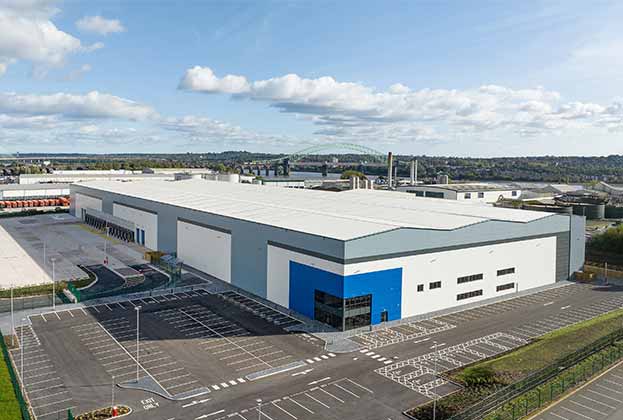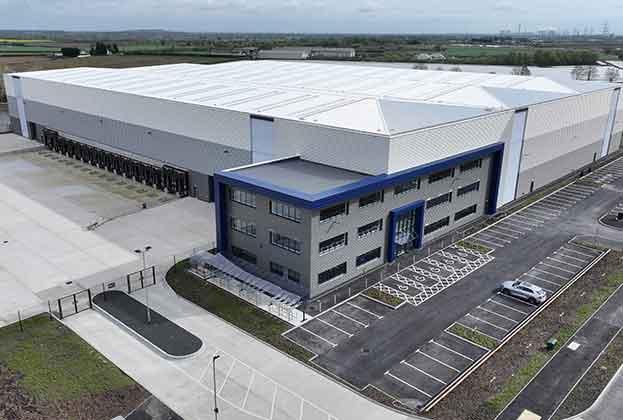2022 was another very strong year for the logistics sector, with investment volumes totalling US$264 billion globally. Although this fell by 22 per cent when compared to 2021, it still represented a 28 per cent increase on pre-pandemic levels. With this in mind, a slowing in momentum over the course of the year was more a reflection of normalisation across capital markets, as opposed to a fundamental retrenchment.
Nevertheless, the sector is not immune to wider macro trends. The tailwinds that have propelled it forward in recent years, while not necessarily reversing, are moderating. This has signalled a slowdown in occupier demand, especially as the pandemic-era spike in online penetration has proven less persistent than many expected.
However, this is not quite as bad as it sounds and requires some level of context.
Despite the slowdown, growth in ecommerce does remain a long term structural tailwind for the sector. In Asia Pacific, for example, there has been more persistence in online sales across underdeveloped ecommerce markets, particularly in Japan and Singapore. Firms are also more comfortable holding larger inventories in this cycle given recent economic disruption, which requires them to retain warehouse space.
It is also important to recognise that ecommerce is not the only driver of demand for the sector.
Logistics space will also come into play for alternative, high-growth sectors, supporting a diversity in occupier demand across areas such as data centres, electric vehicle supply chains and deep tech. Singapore, for instance, while exposed to a slowdown in global trade, should see continued demand from alternative sectors such as precision engineering and biomedical.
Meanwhile, supply dynamics remain largely supportive of investor returns. Consequently, prime quality logistics units are still favoured by core and core+ investors. Location is an increasingly important differentiator between assets, while ESG credentials are also growing in importance given rising energy costs and labour shortages. In the UK, take-up for second-hand units, for instance, accounted for just 22 per cent of leasing deals signed in 2022, a record low.
In Europe, prime logistics in France, Germany, the Netherlands and Spain have historically low vacancy rates and speculative development is expected to decline. Shorter lease lengths will be favoured by investors, providing reversionary upside of rents in a landlords market, which is important given the direction of travel on yields.
Over in the US, construction starts fell by 40 per cent between Q3 and Q4 last year. There also remains plenty of appetite for properties in key gateway markets such as Southern California, New Jersey and South Florida, where vacancy rates are below the US average, even though rental growth is expected to slow sharply.
Across the Asia Pacific region, Australia and Singapore are the most supply-constrained markets, with a vacancy rate of around one per cent in the former expected to support solid rental growth this year. In Japan, investors are more cautious, while there are oversupply concerns in South Korea. Although, even there, the development pipeline is slipping due to rising construction and financing costs.
Overall, demand and supply dynamics will continue to support stable or growing rents across most markets, with extremely low vacancy rates insulating any potential downside. Logistics, therefore, will continue to be a high conviction sector for investors.
Further information
Contact Oliver Salmon or Marcus de Minckwitz

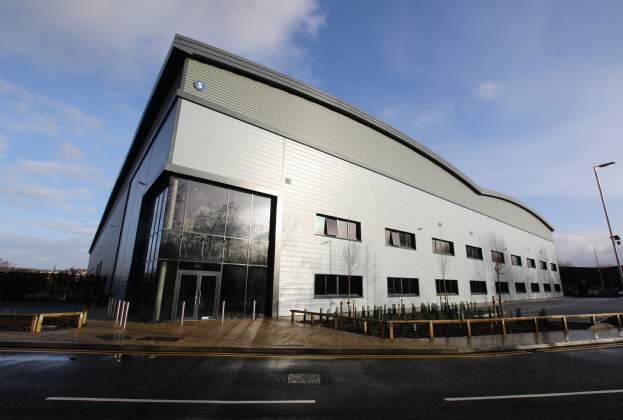
.jpg)

.jpg)
